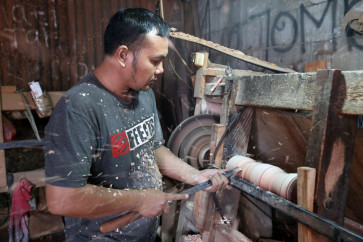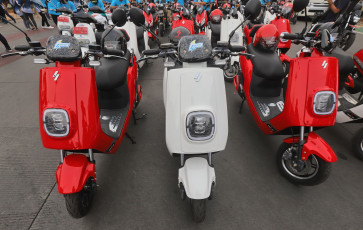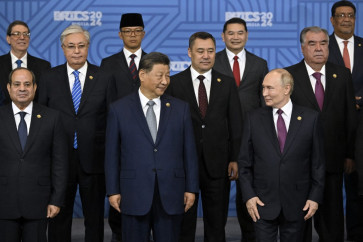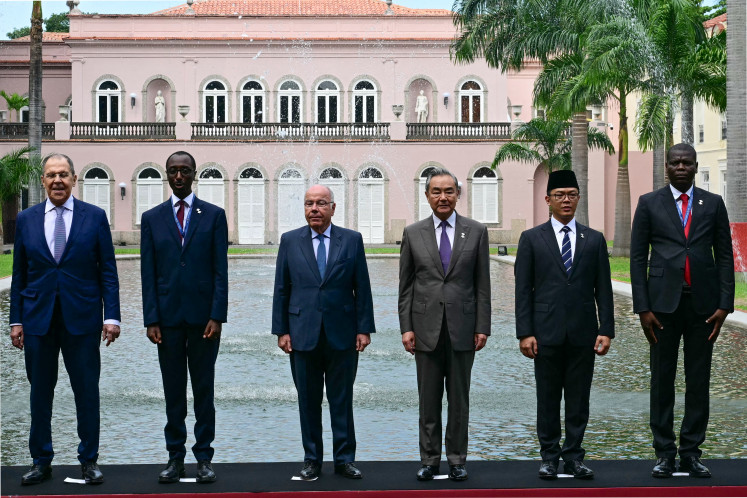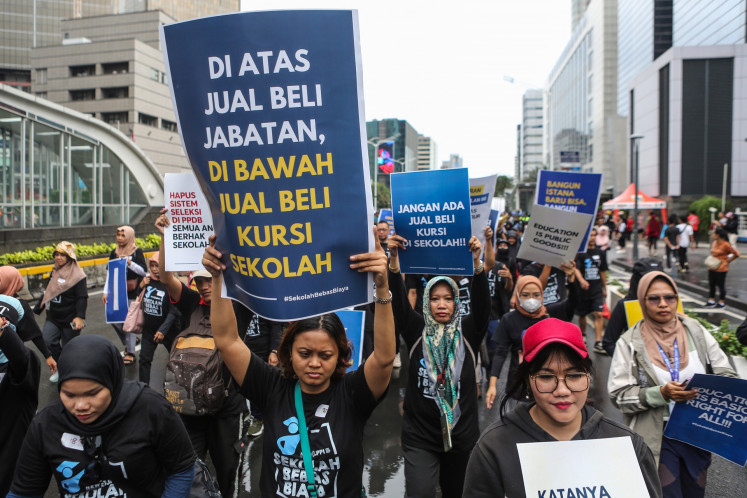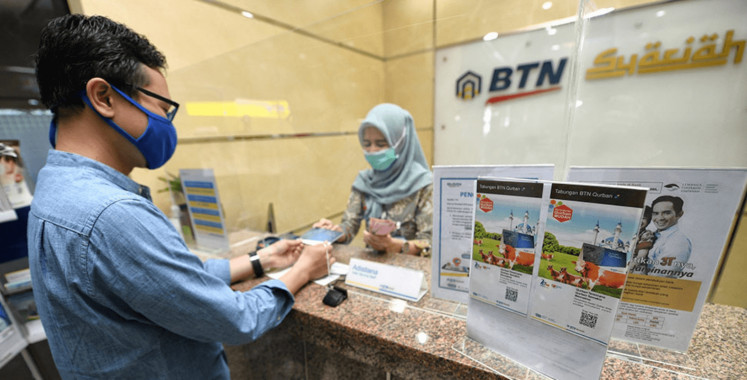Singapore's Changi airport could face runway crunch
Singapore's Changi Airport planners have unveiled ambitious plans for the airport after an 18-month study
Change text size
Gift Premium Articles
to Anyone

Singapore's Changi Airport planners have unveiled ambitious plans for the airport after an 18-month study.
A 1,000-hectare piece of barren land adjacent to the existing premises will be developed for a mega-terminal to cater for up to 50 million travellers a year - more than T2 and T3 combined.
When the new T5 opens in the middle of the next decade, Changi will be one of the world's biggest airports, with room for 135 million passengers a year.
London's Heathrow - the world's busiest international airport - welcomed about 70 million passengers last year.
Also in the pipeline at the new Changi East site: new MRT links and underground rail transfers for passengers between the existing terminals and T5. Hotels and offices, as well as facilities for air freight and aircraft repair, will be built too.
Before the new facility opens, Changi Airport will have a third runway around 2020 to handle more flights.
The plans announced last Friday by then Minister of State for Transport Josephine Teo, who leads a 10-member multi-agency committee studying Changi's expansion, look good on paper.
Expansion is critical for Singapore to remain the premier air hub amid keen contest from other airports in Malaysia, Thailand, South Korea, Hong Kong and Dubai, to name just a few.
But is Changi adding capacity fast enough? A scrutiny of the plans shows cause for concern.
Let's assume annual growth of 3 per cent to 4 per cent - the average over the past decade and fairly conservative, given the projected 6 per cent growth for Asia's air travel market.
In 2018, when T4 opens and T1 is expanded, Changi's traffic could exceed 64 million - about 75 per cent of total capacity.
With no announced plans to add more room after that, Changi could be operating at higher than 90 per cent capacity in the last few years before T5 opens. Today, the airport uses about 77 per cent of its total terminal capacity.
Teo, now Senior Minister of State, admitted last Friday that "potentially we will see a very tight situation at Changi". But traffic patterns can never be fully predicted, she added.
Building ahead of capacity has served Changi well for more than three decades.
But with the split of the Civil Aviation Authority of Singapore (CAAS) in 2009, the new Changi Airport Group which runs the airport as a separate corporate entity is mindful to strike a balance between efficient use of resources and building ahead of demand.
When T3 opened in 2008, it was dubbed a "ghost town".
A potential runway crunch could pose a bigger problem for Changi.
Following a study, the CAAS said in December that Changi will not need a third runway until 2018 at the earliest. The existing two runways can support up to 430,000 flights a year if they are better utilised.
Nats, which provides air navigation services for London's Heathrow and several other British airports, was roped in for the study.
Changi's plans now call for a third runway at the end of the decade. In 2020, total flight numbers could exceed 440,000, again based on a 3 per cent to 4 per cent growth rate.
Asked about the later-than-expected timeline for the third runway, CAAS' director-general Yap Ong Heng said at last Friday's press briefing that following the Nats study, new ideas have been drawn up to further increase runway capacity. The airport will also see how it can convince airlines to take up slots during lull hours, he said.
In short, he is "confident" the current infrastructure can cope.
The revelation, though, has not gone down well with airlines that are already complaining of problems getting slots. A runway squeeze could mean delays for travellers, they warned.
Preparing the third runway for operations will also involve downtime for one of the two existing runways.
Nats' managing director Paul Reid said when he was in Singapore last year that while Heathrow handles more flights than any other dual-runway airport in the world, this comes at a cost for airlines and travellers.
"When something happens at Heathrow, if someone lands and bursts a tyre on the runway, then it's very hard to recover as the schedule is so tight."
Similarly, schedules can be thrown out of whack amid bad weather, leading to flight delays and cancellations.
Brendan Sobie, a Singapore-based analyst at the Centre for Asia Pacific Aviation, has said repeatedly that Changi needs a third runway sooner rather than later.
Changi's planners know the need well but the sheer scale of the work involved could explain the later opening. The challenge is in the linking of the third runway to the existing two.
To do this, engineers must first relocate a 6km stretch of Changi Coast Road and a 60m-wide canal that separate the existing airport from the new site.
To add to the already mammoth task, engineers are working on reclaimed land with layers of soft marine clay which could require soil strengthening work.
Changi Airport is embarking on its biggest, most challenging expansion since the move from Paya Lebar Airport to Changi in 1981.
Few would argue with the statement that Changi is as good as it gets. But if it takes too long to add terminal and runway capacity, it could end up on a slippery slope towards tarnishing its image.
If there is one thing travellers hate, it's delays. Snaking security and check-in queues are a pain. Nobody wants to be stuck in a plane on the tarmac waiting for take-off, or in a plane circling before landing.
Lee Seow Hiang, chief executive of Changi Airport Group which runs the airport, said: "It will be busier but it need not get worse." If the crunch comes, the airport is confident it has the ability "to still provide a service that people talk about", he said.
It must. A failure could hurt Singapore's premier air hub status.

